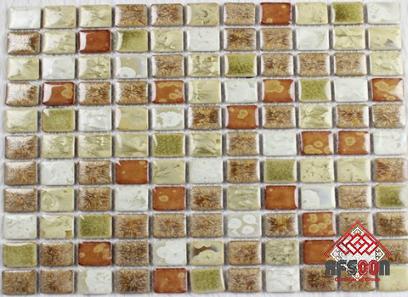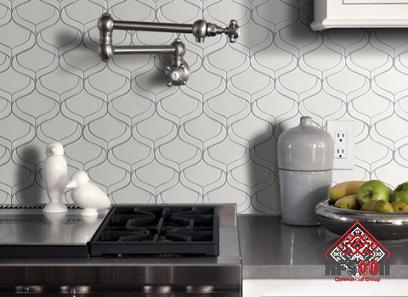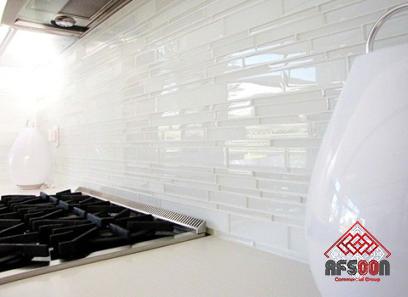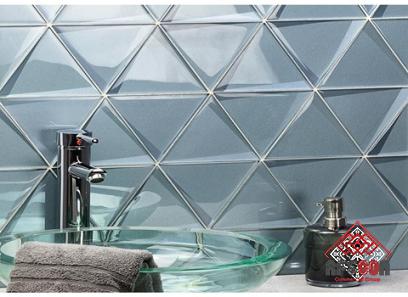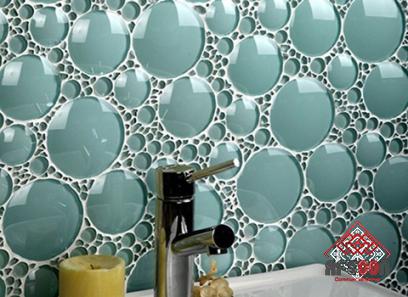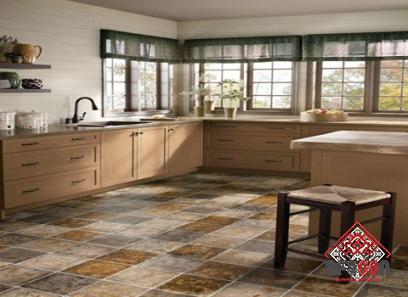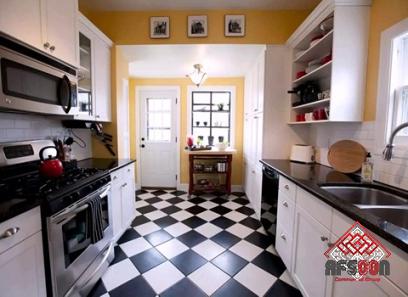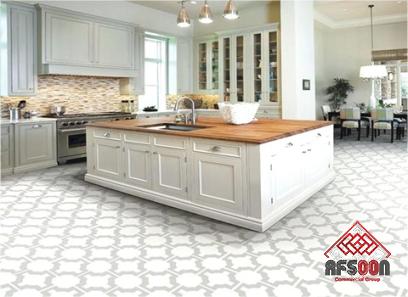Vitrified Tiles Vs Porcelain Tiles
Tiles that have undergone the vitrification process are referred to as having a “vitrified” designation
The tiles are baked at extremely high temperatures at this step of the process
Vitrified tiles are also known as porcelain tiles, and most of the time, porcelain tiles are classified as full vitrified tiles
It indicates that the tile has a water absorption rate of less than 0
5 percent, which is typical for porcelain
Are you considering getting new tiles for your home? After that, you can hear several names in the industry of tiles, which might cause you to get confused
Vitrified and porcelain are two examples of such words
You could also come across the term vitrified porcelain from time to time
It would be best if you read this article for assistance in establishing the appropriate distinctions
The word “vitrify,” which refers to the process of manufacturing something comparable to glass, is where the name “vitrified” comes from
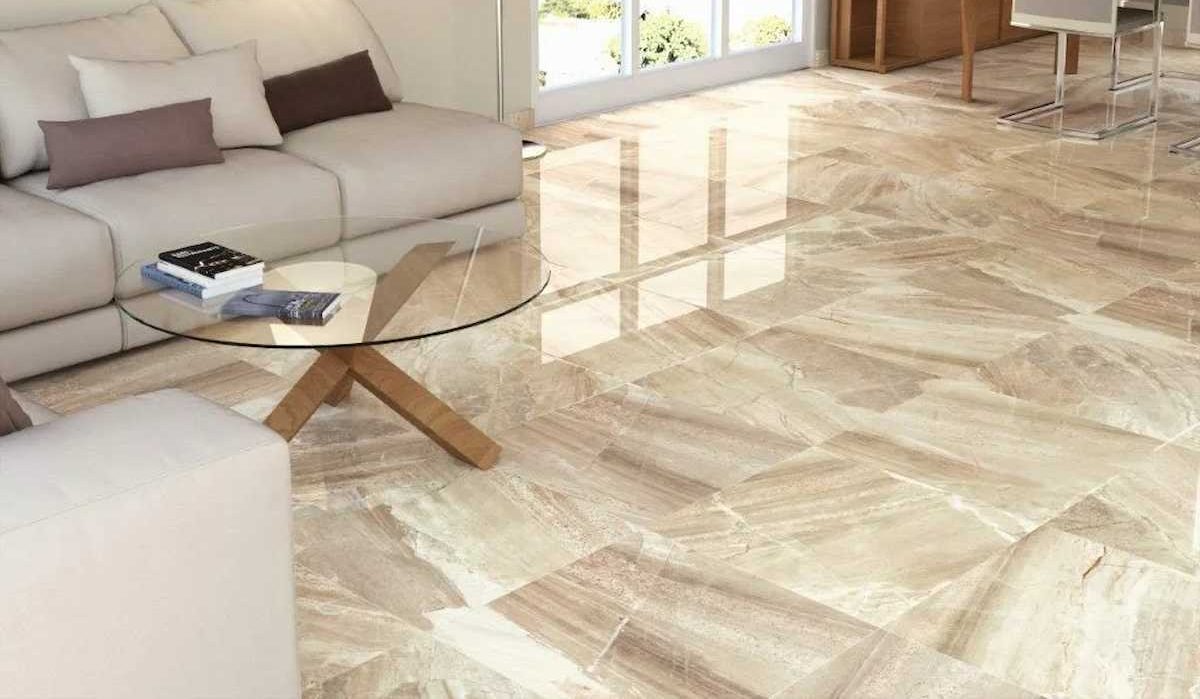
Vitrified tiles are a type of tile
The term “vitrified tiles” refers to any and all types of tiling that are fabricated using the process of vitrification
The ability of this tile to absorb less water and its resistance to stains are two of the reasons for its widespread popularity
Vitrified tiles are made of a composition that often consists of silica as well as clay
This mixture is used to make a tile that does not have pores and has a glass-like consistency
Because porcelain tiles are considered to be vitrified tiles, the term “vitrified tiles” is sometimes used interchangeably with the term “porcelain tiles
” Tiles like this can be totally vitrified, glazed, or left unglazed, and they are typically crafted from a combination of different clays and feldspars
They take their form through the process of pressing a powdered body
These tiles have an absorption rate of less than 0
5 percent for water (ISO 10545-3)
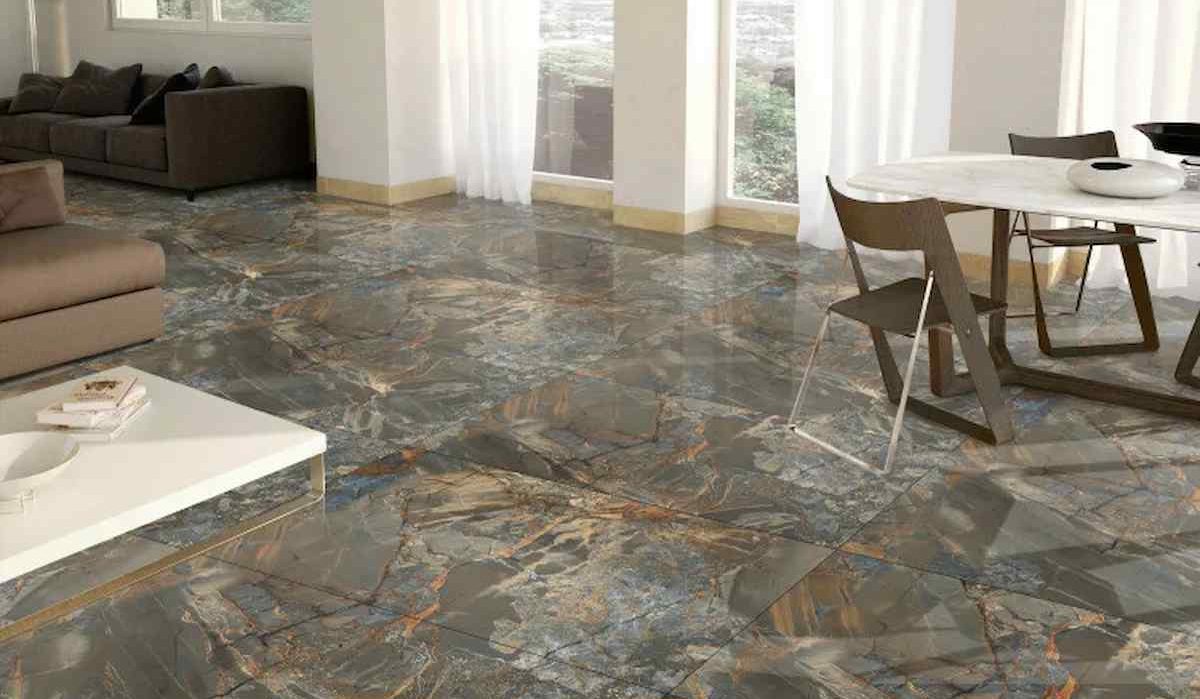
These tiles have the following specific characteristics:
A high level of tensile and shear strength
Frost resistance
It has good resistance to abrasion
Because porcelain tiles, like ceramic tiles, are made from a blend of fine-grain clays and other minerals, it is reasonable to classify porcelain tiles as a type of ceramic tile
Porcelain tiles, on the other hand, can be distinguished from other types of ceramic tiles by virtue of their exceptionally dense bodies as well as the exceptionally high temperatures at which they are fired
These tiles are produced using a procedure known as dust pressing
Because of this, the tiles are denser than ordinary ceramic tiles and have a longer lifespan
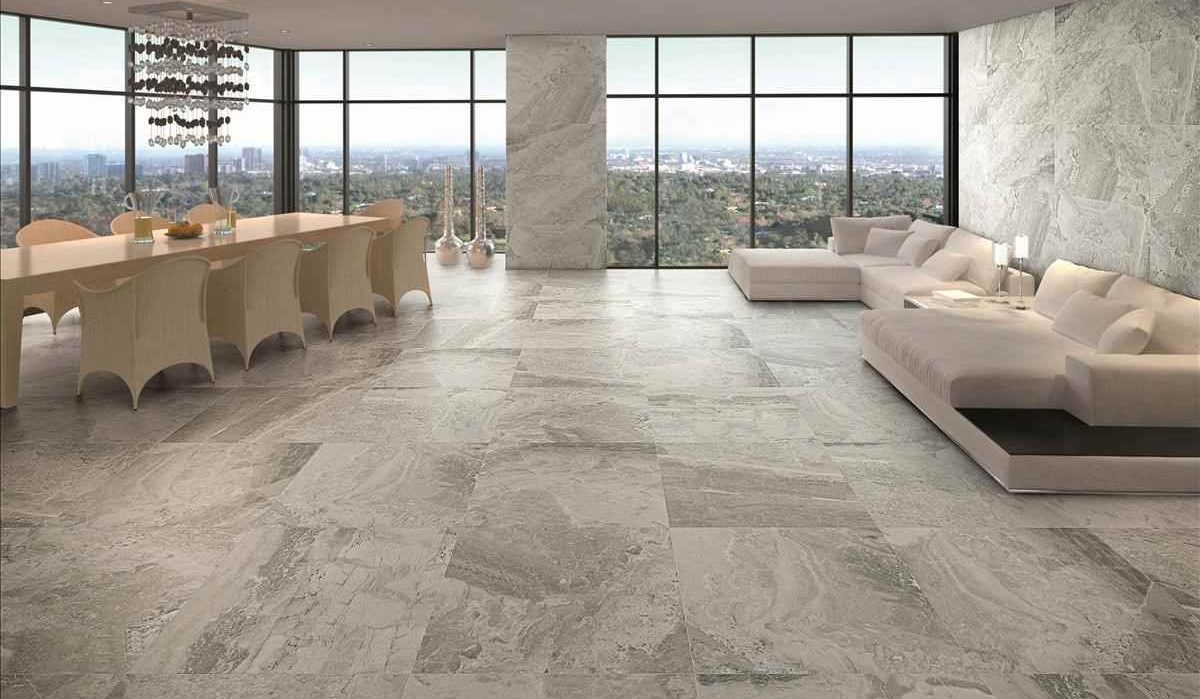
These tiles have a grainy finish applied to them
The body of a genuine porcelain tile is uniformly colored across its entirety
If the tile chips, then the same color can be seen behind the area that has been chipped, meaning that the damage will be less obvious
Glazed and unglazed versions are the two primary variations available
Glazed porcelain: it has holes that are minuscule in size that have been filled in
Unglazed porcelain: unglazed tiles keep their natural appearance because there is no glaze applied to them
When it comes to durability, unglazed is the better option over non-glazed ceramics
Glazed have a more appealing appearance than unglazed, which is why they are used for establishments like shops
In addition to these subgroups, a porcelain tile can also be polished, semi-polished, or a combination of the two
The polish of these tiles is achieved through the use of a labor-intensive method
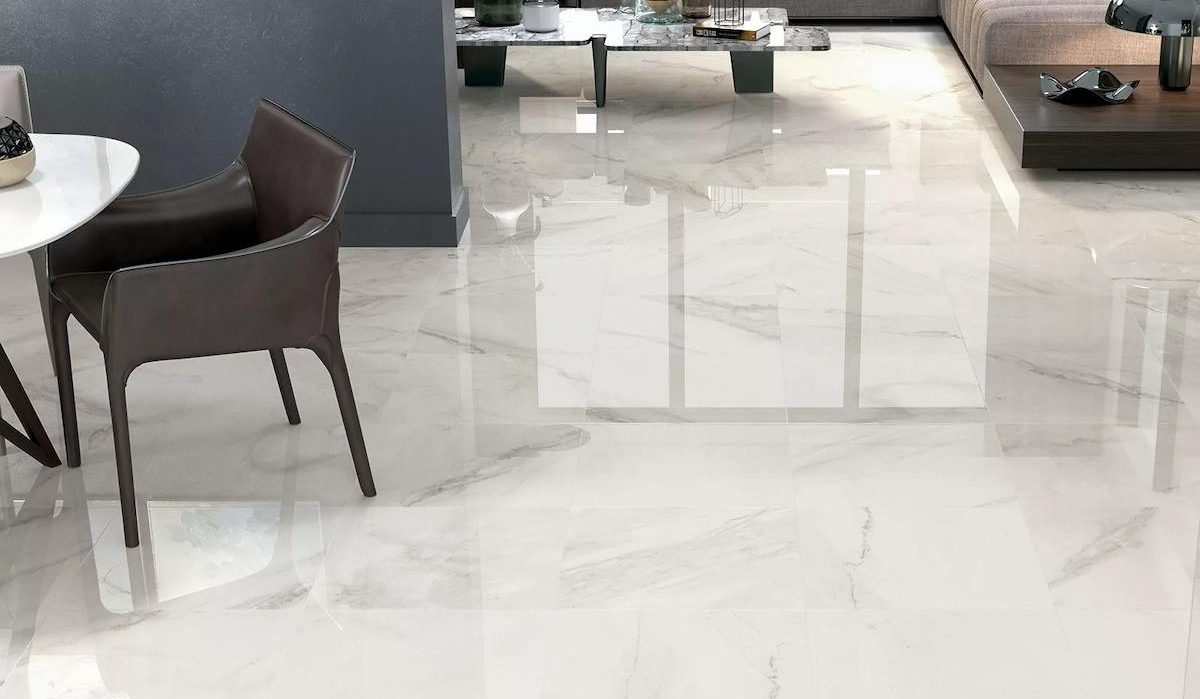
The price of porcelain tiles is typically roughly 10% higher than the price of conventional ceramic tiles that are not made of porcelain
This is because porcelain tiles offer advantages over other types of ceramic tiles
Because these tiles are more resistant to moisture, they are typically installed in areas prone to high humidity, such as bathrooms and laundry rooms
It also has the benefit of being long-lasting
[Added Advantage] The installation of these tiles might be a challenging process
Due to the fact that the tiles are extremely tough and sturdy, considerable effort is required in order to cut them into the desired shapes
As a result, we are able to distinguish between the two very quickly
Tiles are said to be vitrified if the technique of vitrification is used in their production
Porcelain tiles, on the other hand, are a form of fully vitrified tile and, as a result, have a water absorption rate of less than 0
5 percent

